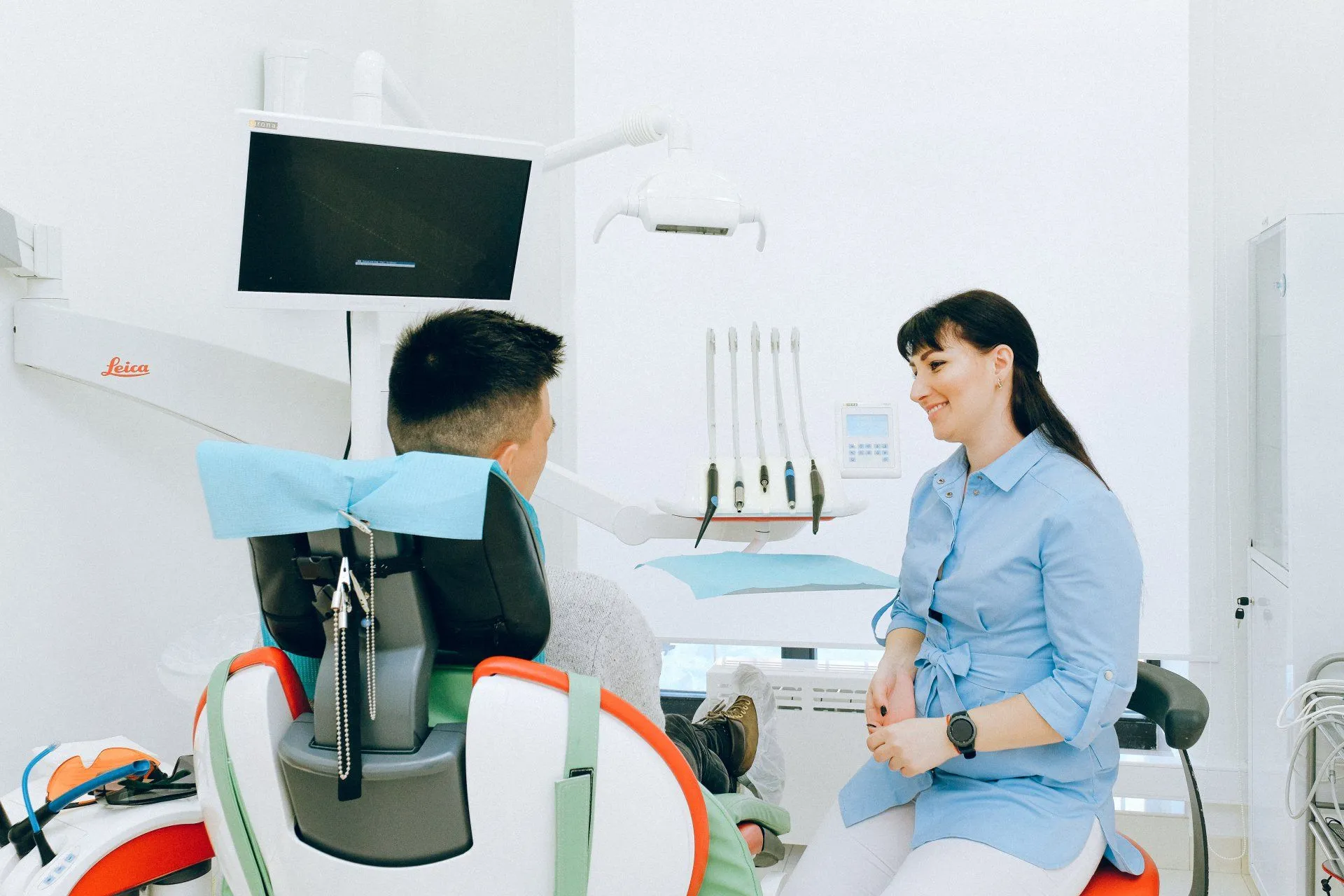Fast Loading Speed
Dedicated One-on-One Support
Advanced Web Security
Built-In Mass Email Marketing
QR Code Generator with Tracking
Smart Link Tracking & Short URLs
Built-In Website Modules
Unlimited Page Creation
Monthly Website Maintenance & Updates
Marketing & SEO Enhancements
Custom Website Design Tailored to Your Business
Easy to Use Admin Panel
Fully Responsive Design
Error-Free, Standards-Compliant Code
Automated Website Backups
981 Main St West, Hamilton, ON L8S 1A8, Canada.
In a time when online interaction is most important, companies need to cater to the varied requirements of their audience on the web. Among the most essential elements of a contemporary website is the design—namely, making it completely responsive. Completely responsive design makes your site not just look visually attractive but also run perfectly over a broad spectrum of devices, ranging from computers to tablets to mobile phones.
Fully responsive design is a web design strategy that enables a website to dynamically adjust its layout, content, and functionality according to the device used to access it. What this implies is that if a visitor is using either a big desktop screen or a smaller mobile screen, he or she will have an optimized viewing experience without zooming or horizontally scrolling.
Our practice is family-oriented, and we warmly welcome patients of all ages. Whether you're bringing in your child for their first dental visit or seeking treatment as an adult, our team is dedicated to ensuring a comfortable and positive experience for everyone. Bringing your family to the same dental provider also allows us to develop deeper personal relationships, allowing us to better attend to your unique preferences and needs, including monitoring any family history of oral conditions.

The working approach for UI/UX design involves a series of steps and methodologies to ensure that the user interface and user experience. Here's a typical approach to UI/UX design:



